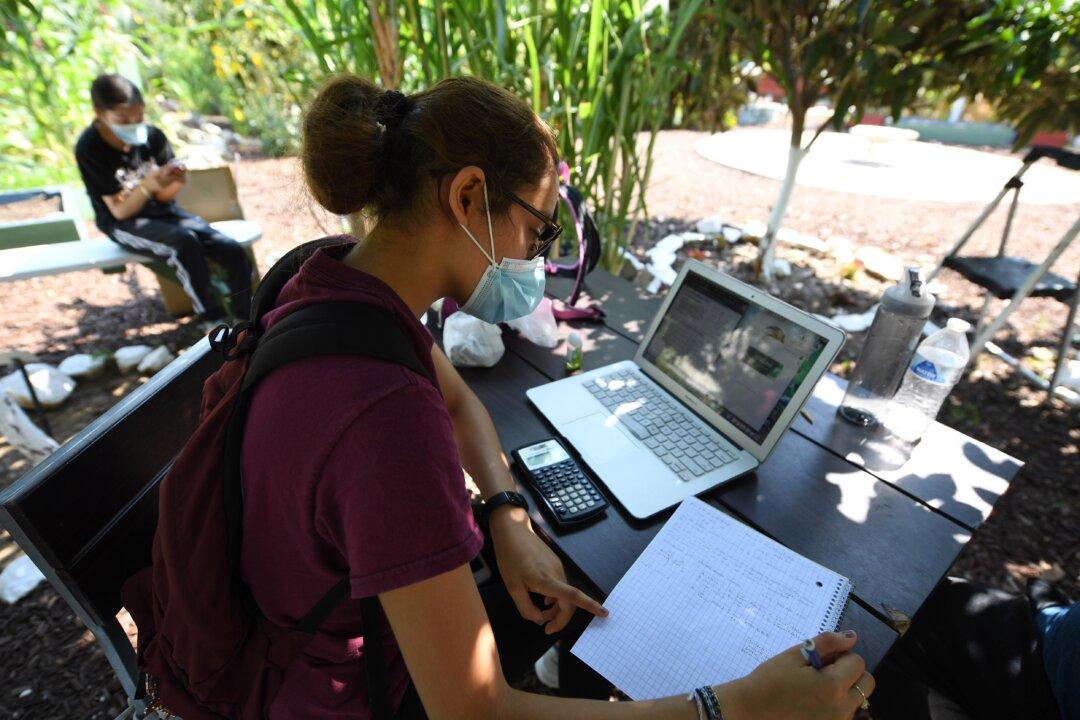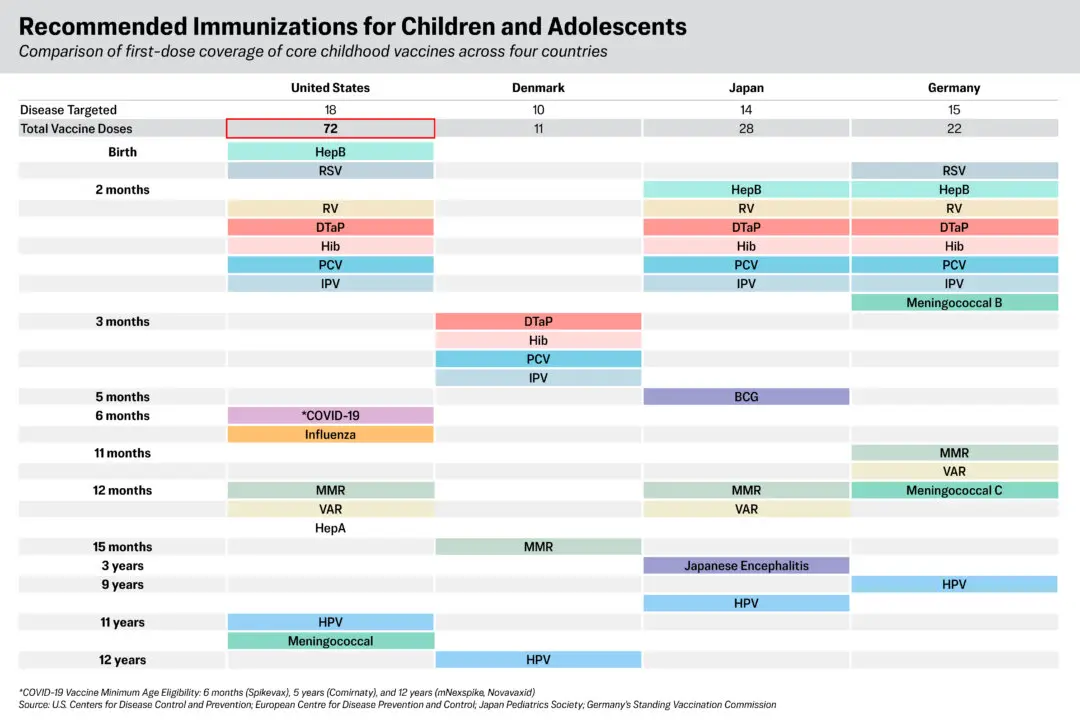Elementary school students in the United States fell behind five months in mathematics and four months in reading by the end of the 2020–21 school year, according to a new report.
Students faced a range of issues, including shifting schedules, being assigned new teachers in the middle of the year, difficulty connecting to the internet, and weariness from classes conducted, for many, mostly online.





